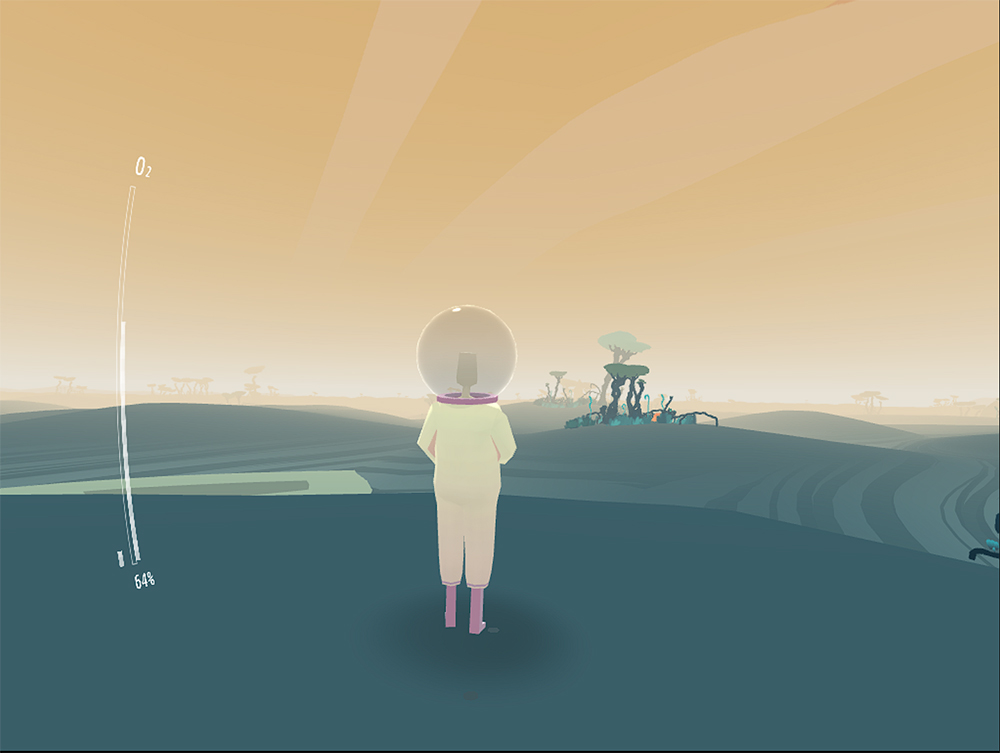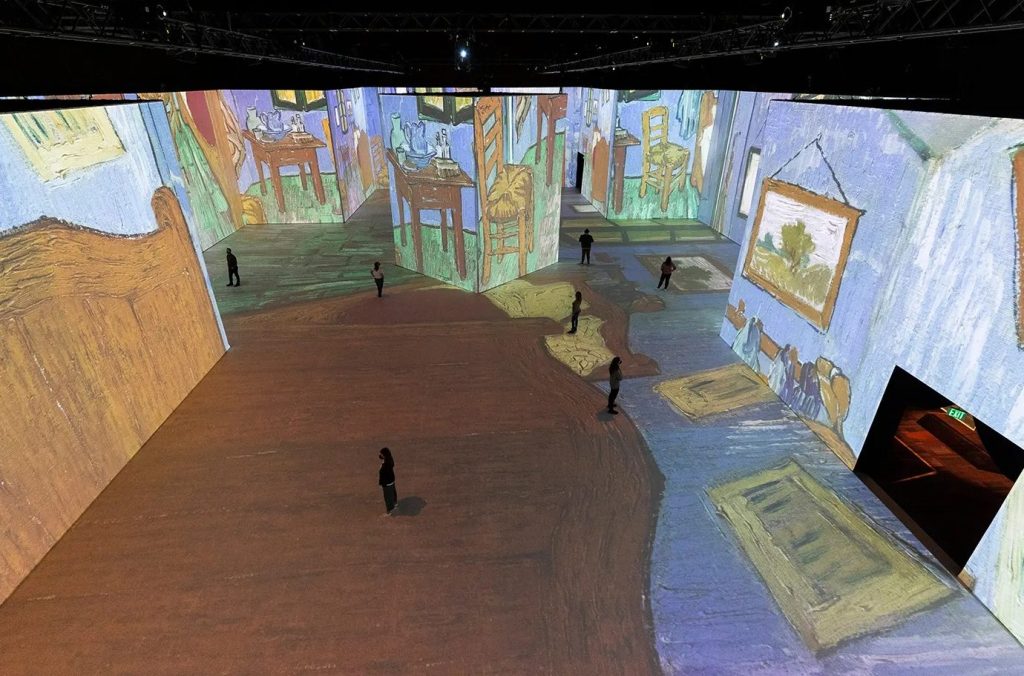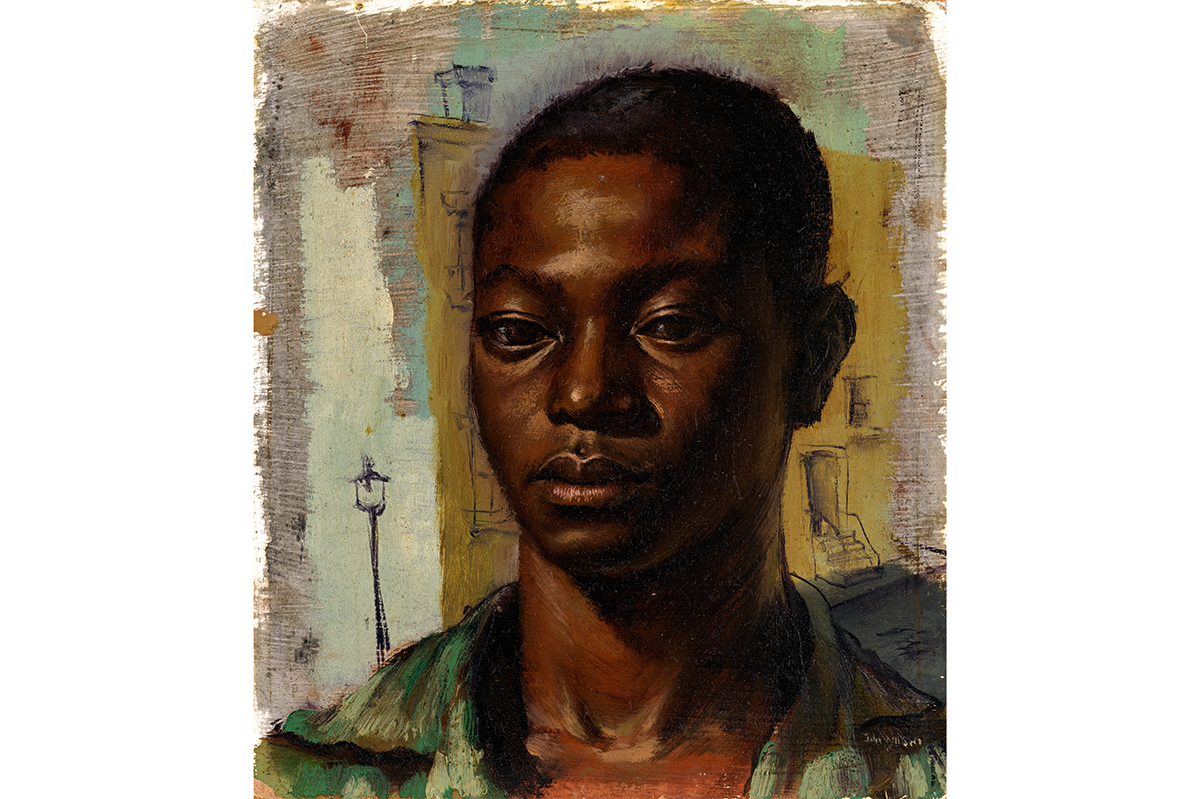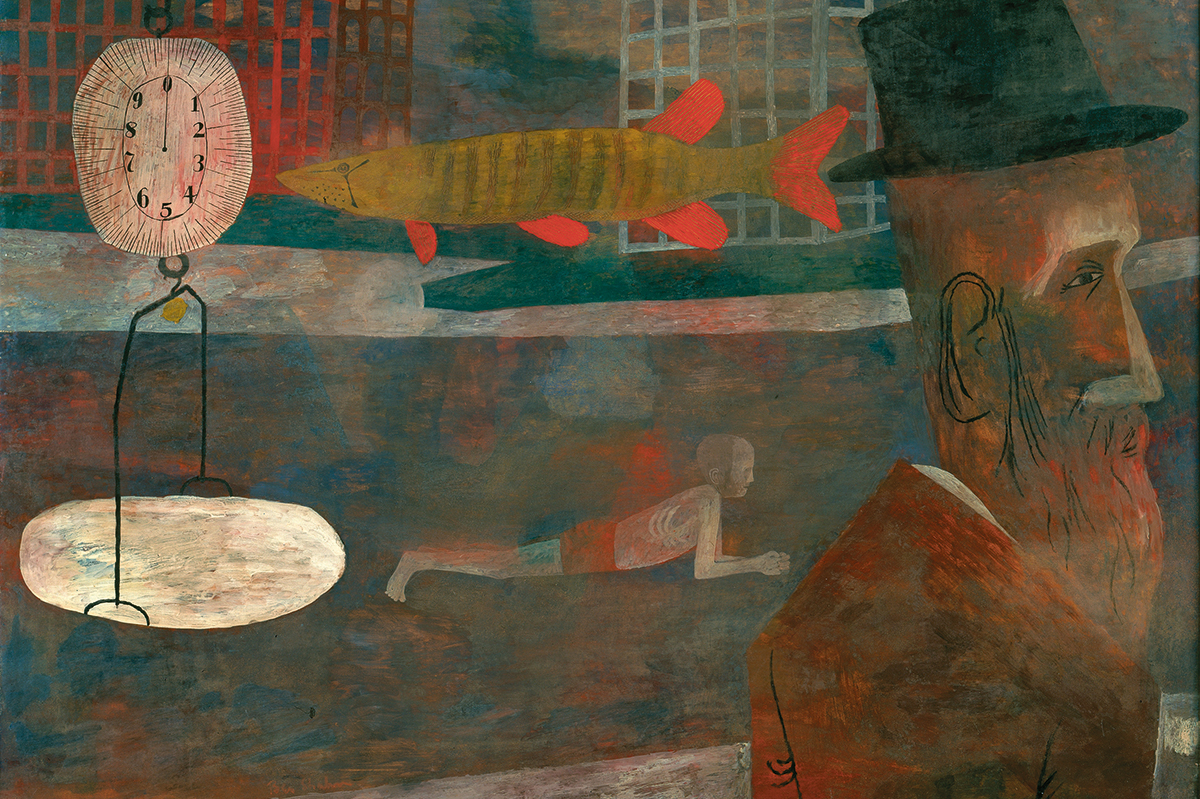The American artist and critic Brad Troemel once pointed out that art galleries have all turned into a kind of adult daycare, and ever since then I haven’t been able to visit a gallery without noticing it. Nearly two decades ago, Carsten Höller installed a set of big aluminum slides in the Turbine Hall at Tate Modern, and they were undeniably good fun because going down slides is fun. It’s also fun, although maybe for a different type of person, to ask if going down slides counts as art. These days, though, you can hardly move for this stuff.
The world is already interactive. You walk around in it. You can steal things from shops
Last summer the Turbine Hall hosted a set of giant building blocks by Rasheed Araeen. The Massachusetts Museum of Contemporary Art exhibited a bubblegum-pink roller-coaster. It’s very rare for contemporary art to just show you an object; it always invites you to engage; to take an active part in producing it; to play and have fun. The simplest form of this is the artwork that’s just a mirror on a gallery wall. These always have a good number of people crowded round them, really appreciating their nuances. But there are also much grander versions. Bloated multi-million-pound “immersive art exhibitions,” sprouting everywhere like mushrooms, in which you can experience the works of Van Gogh or Klimt or Monet in an entirely new way — that is, rather than as paintings, as an interactive digital display based on those paintings. People love them.
This has always felt weird to me. The idea is people like these interactive events because they give you the freedom to experience them however you want. I’m not sure that’s really true. The world is already interactive. You walk around in it. You can sBrad Troemelay basically anything you want, to anyone you pass on the street, and see how they respond. You can steal things from shops. And yes, after too much of that kind of thing the world might choose to dial down its interactivity for a while, but in principle our freedom is absolute.
The problem is that total freedom isn’t really very fun. What most people prefer is a game. Games have rules; every game is a set of tightly defined limits on what you can and can’t do. In hopscotch, you have to plant your feet in the squares. In football, you aren’t allowed to get to the other side of the pitch by motorbike, or to fend off the other team with a gun. What really defines a game isn’t that it’s interactive or participatory; it’s that it’s less interactive and participatory than everything else.
Anyway, Now Play This is an annual “festival of experimental game design,” currently on its tenth anniversary and held in an art gallery. According to the program, its goal is to “bridge the gap between art and play in unique and meaningful ways.” The exhibits are games — most of them are video games, and there’s one that requires you to strap on a VR helmet — but they’re also claiming to be art. Quite a few of them hope to achieve this with placards written in the standard-issue drivel of the art world. This year’s theme is “liminality,” which is a word that I heard (and used) constantly as an undergraduate and which then mercifully vanished entirely from my life until now. The walls around Now Play This are constantly saying things like “This space is about the possibilities that unfold as we emerge from liminal spaces” and quoting theorist Homi K. Bhabha at me. This feels like they’re trying much too hard. If you think games are art, you don’t need this stuff to convince you. And if you don’t think games are art, I don’t know if a short lecture on hybridity is going to change your mind.
For what it’s worth, my usual answer to the question of whether games are an art form is a groaning, exasperated “No.” People who want to defend the idea usually point to the fact that the visuals in some enormously expensive triple-A game look very realistic and pretty. See, your horse leaves hoof prints in the mud — isn’t that art? And the cutscenes are beautiful too, and the characters are all voiced by Hollywood actors, and the storytelling is actually good this time… But none of this makes video games an art form. All these cutscenes and characters are just aspects of cinema, grafted on to a dumb toy for children. If a game is art, the thing that makes it art can’t be the nice graphics. It has to be in the mechanics, the set of rules and limitations that makes it a game.
And there are some games that are, if not exactly art, then something similar. Conway’s Game of Life, originally published in 1970, is a computer game that doesn’t even need a computer; if you want, you could play it on some graph paper. You start with a grid of squares, which can either be black or white. The rules are that any black cell that borders more than three, or less than two, other black cells turns white, and any white cell that borders exactly three black cells turns black. You begin by making a pattern of black and white cells, and then you let the simulation run. Most shapes briefly explode into weird, squiggling organic forms, before either settling into a stable state or fading away. But players have found some patterns that wil loop endlessly; others, called “spaceships,” will self-replicate, moving themselves across the field. Some of these patterns are hundreds of pixels across, fizzing furiously. Mathematicians are constantly finding more and more complex patterns hidden inside the game’s simple rules. Now Play This is geared towards these kinds of games: games that are mechanically interesting, rather than mindless. But as fascinating as Conway’s Game of Life is, the people who get the most out of it do tend to be mathematicians. I’m not sure the same is true of a Picasso.

If a game is art, the thing that makes it art can’t be the nice graphics
Still, at least one of the exhibits at Now Play This is straightforwardly a piece of art. Natalie Maximova’s The Edge of the World (2021) is a film piece created using footage from the video game Cyberpunk 2077. Usually, these games are set up to seem open while actually keeping the player in a rigidly bounded space. At the edge of the map, where you’re not supposed to go, the simulation breaks down. The land abruptly vanishes into the sky. Sometimes the camera dips beneath the two-dimensional plane of the world and you see grass sprouting out of nowhere. Maximova’s film captures these limits to the game world’s map. I liked it: it was hazy and elegiac and had the fragile beauty of someone else’s mistake.
But that’s the only concession to traditional media. Many of the interactive works are not quite so good. One consists of a video of a woman dancing with a pineapple. On a plinth in front of the video there’s a plastic pineapple — so you can dance along. When I went, nobody did. (Is interactive art still interactive if nobody bothers to interact with it?) The low point is a piece called Cis Penance by Zoyander Street, in which you navigate interactive conversations with various squiggles representing trans people, who talk about their issues with healthcare provision in the UK. To make it interactive, Street forces you to choose between buttons that say things like “That’s so true” and “How do you think things should change?” Some games grope towards art by self-consciously putting their own rules into question. This one does the opposite. Its interactivity feels more like the artist’s way of determining your responses for you.
Others are more creative. There’s a skateboard you ride wearing 3D glasses, and a tent that generates musical tones based on your natal chart. One room issues oracles based on the Ifa divination system of the Yoruba, which is an interesting concept and made me want to learn more about Ifa, but I think I’d rather do so in an environment where the oracle doesn’t present me with a QR code at the end. There’s also, inevitably, an AI game. This is based on the One Thousand and One Nights, as Scheherazade, you and a ChatGPT-powered king take turns telling a story. Your goal is to get the king to mention various weapons — a bow, an axe, a sword — enough times. When he does, those weapons materialize and you can kill him with them. I was terrible at it. I thought my stories were fun, but the king kept executing me for telling dirty jokes or going off topic. Afterwards, a few ten-year-old kids had a go, and they’d racked up three magical swords within minutes.
Maybe the most interesting game is Orchids to Dusk. You play a crudely modeled astronaut who’s crash-landed on a crudely modeled planet. On the left of the screen is an oxygen meter, which slowly diminishes. Obviously your goal is to find more oxygen, so off you go. As you walk across the bleak yellow and gray landscape, you encounter little fertile valleys filled with gorgeous alien plants. This must be the place. But there’s nowhere to refill your oxygen tank, and after a few minutes, you die. The twist is that once you die, your body sticks around to be encountered by the next player. Soon, all the virtual planet’s beauty spots are dotted with corpses. In some obscure way, the little world of this game points to the rules that structure our own, bigger world. It makes you think about things in a new and gloomier way. I liked it a lot.
I’m still not sure if it’s art, though. But if games aren’t art, maybe it’s because art itself is a type of game. A painting or a piece of music fences off a little zone of experience and sets down its rules. You’re here to listen. You’re here to look. The artist gives you something, and then you can respond to it however you want: that’s the game. I think a lot of wasted effort could be saved if we all accepted that this is the order of things. That way, the people who want to do something new can do so without trying to squeeze their thing into the set of rules that govern a thirteenth century altarpiece or Monet’s waterlilies. And maybe art will also be freed from the strange demand for it to always be responsive and interactive, like an app on your phone. Maybe we can let the game of art play by its own rules, too.
This article was originally published in The Spectator’s UK magazine. Subscribe to the World edition here.


























Leave a Reply